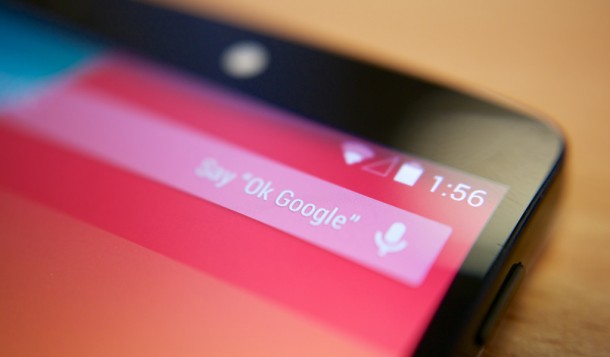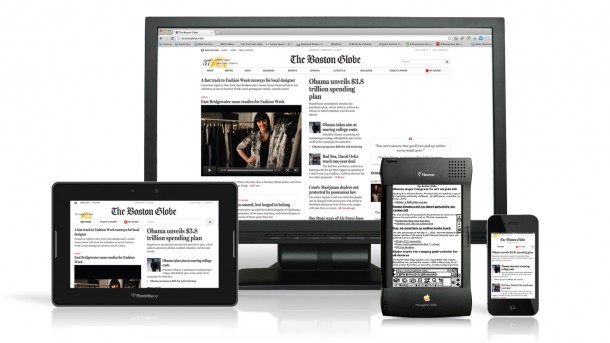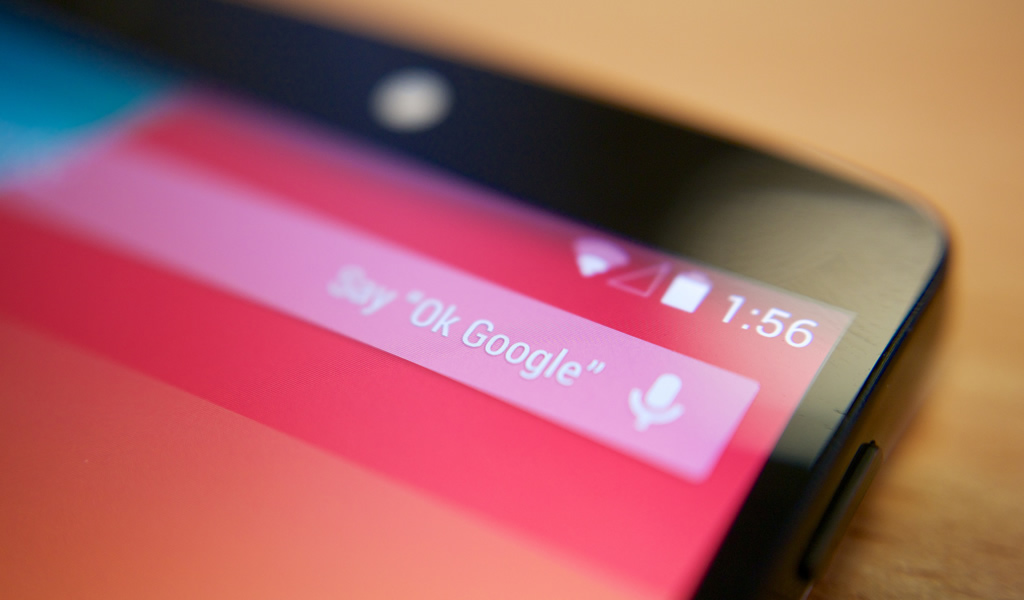
The mobile Internet is growing at an accelerating rate and Google recognizes how it will eventually comprise the overwhelming majority of Internet access in the near future. In a study released earlier this year, it was found that around 60% of Internet access had been mostly mobile. Google, the de facto king of the Interwebs, is said to be focusing on the mobile platform. This is something every marketer should view as an opportunity. It can be considered as an opportunity to do the following approaches in improving marketing success.
1. Focusing advertising dollars on the mobile platform
Google’s focus on mobile is an advantage for marketers as it serves as a guide on where to put most of the advertising money available. It can be deemed as an acknowledgement of how the mobile platform is becoming the base platform for marketing efforts in the future. The decision of an industry leader like Google is an indication of the better viability of marketing on the mobile platform.
Mobile advertising can be through the typical banner or text link ads that can be seen in ordinary websites and blogs. It can also be through text messaging, MMS advertising, and advertisements on mobile TV shows, or through a recorded audio played when interacting with a particular telephone service. Not all of these will be effective so it will be important to analyse specific situations to find out which type of mobile advertising will likely be effective.
2. Creating minimalist, simpler, and responsive web designs
With the king of online advertising shifting its focus on mobile, this is a good time to cut down on creating gaudy or flashy websites. Mobile websites don’t need all the superficial elements. What’s important is the excellent content and straightforward presentation that suits the product being promoted. Marketers can benefit from the tendency for simplicity brought about by Google’s emphasis on mobile. Simpler sites mean less demanding maintenance. It also helps adopting a responsive web design to avoid having to create a different version of a website for mobile browsing.
The shift in focus to mobile also means the preference for simpler and more streamlined emails. Just like responsive web design, it will be preferable to have a responsive email design to use just one email design to be read across different devices. There are many responsive email templates available so it should be easy producing responsive emails without having to learn any coding.

3. Investing in in-app advertising
The use of apps (other than the web browsing, video playing, and music apps) is one of the top activities of smartphone and tablet users. As such, it wouldn’t be a great idea concentrating online advertising on banner ads for websites or blogs. Many mobile Internet users use browsers that strip websites off their ads to optimize the browsing view so the money spent for banner and other big ads on websites could be rendered useless. It’s okay to have advertising through text links but it would be advisable to avoid relying on JavaScript and pop-up ads. The ads displayed on free apps are also bound yield better results compared to traditional banners that are prevented from being shown on many mobile web browsers.
4. Embracing the Android ecosystem
Android is doubtlessly the most popular operating system right now. The number of devices running it easily trumps the number of regularly used devices running other operating systems. Hence, embracing the Android ecosystem will not be a wrong approach in marketing. To embrace the Android ecosystem is to run targeted ads on Android devices and to use available tools on Android that can help in marketing. Examples of these tools are Trello, SEO SERP App, WebRank SEO, mAnalytics, and Google Analytics.
5. Offering free Android apps
Android apps can also be used as marketing tools. Many companies already employ this strategy. This works in the same way as giving freebies away. The free apps should be something useful or entertaining. A simple but addictive game app, for example, can be offered to users for free and made to display ads. Or the game itself can feature the product, brand, or company being marketed.
6. Making Print and Poster Marketing Materials Mobile-Interactive
Companies that still use traditional marketing materials like posters, flyers, pamphlets, or ads on newspapers and magazines can make these materials interactive by integrating interactive elements like QR codes and stickers. It is also possible to integrate NFC tag advertising in posters or signage. Doing these will link traditional and online marketing efforts together, enabling them to enhance each other and to create greater customer engagement.
Deciding to invest in mobile advertising does not necessarily mean foregoing traditional advertising solutions. Traditional and other typical advertising methods can still supplement or complement mobile advertising. It does not have to be an “either-or” situation.
Photographs by Kārlis Dambrāns / Antoine Lefeuvre

